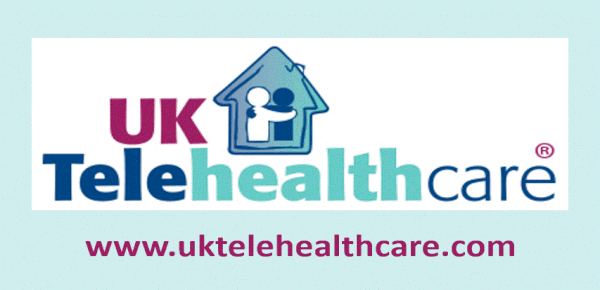
 Kaiser Permanente is adding to its existing partnership with Best Buy Health. The joint program will develop remote patient-monitoring tools for older adults centered on Lively Mobile Plus. By pressing a button on the phone, users can connect with individuals trained to triage emergency and nonemergency situations, from car trouble, home lockouts, or medical emergency. Kaiser Permanente has rolled it out to their Medicare members as part of its Medicare Affinity Program for independent living at home. In 2019, the Kaiser system piloted Lively Mobile Plus after Best Buy’s acquisition of GreatCall. Becker’s Hospital Review 6 October and 22 October. Photo from Best Buy via Kaiser on Twitter, @aboutKP.
Kaiser Permanente is adding to its existing partnership with Best Buy Health. The joint program will develop remote patient-monitoring tools for older adults centered on Lively Mobile Plus. By pressing a button on the phone, users can connect with individuals trained to triage emergency and nonemergency situations, from car trouble, home lockouts, or medical emergency. Kaiser Permanente has rolled it out to their Medicare members as part of its Medicare Affinity Program for independent living at home. In 2019, the Kaiser system piloted Lively Mobile Plus after Best Buy’s acquisition of GreatCall. Becker’s Hospital Review 6 October and 22 October. Photo from Best Buy via Kaiser on Twitter, @aboutKP.
Teladoc launches mental telehealth to Canadian employers. Four Livongo C-levels will depart after closing. The Teladoc Mental Health Care program is available to employees of Canadian companies and provides access to psychiatrists, psychologists, and therapists via phone, web or mobile app. It is in addition to Teladoc’s Mental Health Navigator and disability products in Canada. Press release, Becker’s Hospital Review Becker’s has also been keeping a close eye on Teladoc’s SEC filings. The letter, filed 15 October, stated that Livongo CEO Zane Burke, President Jennifer Schneider, MD, CFO Lee Shapiro (widely conceded as the merger engineer), and SVP of business development Steve Schwartz will leave the company after the closing. Livongo’s Executive Chair Glen Tullman will keep his seat on the combined company’s board of directors. Look for more changes that won’t make Livongo employees happy. Our previous Skeptical Takes on the merger here.
Approved Apps Revive! The American Telemedicine Association (ATA) announced a new partnership with the UK’s ORCHA–the Organisation for the Review of Care and Health Apps–to develop an approval procedure for health apps. Announced at the virtual HLTH conference, the objective is to create a review process to vet safe and effective health apps out of various app stores. ORCHA’s automated, intelligent review engine can assess thousands of apps against more than 300 measures in order for a healthcare organization to build and manage a health app program. Both are trying to solve the same problem faced by Happtique and IMS Health (now IQVIA) in those long-ago days of 2014. ATA release, Healthcare IT News
For Readers with long memories, iMedical Apps is still with us and their team is still reviewing health apps both personal and professional. They’ve extended their reach to reviewing apps to prescribe with iPrescribeApps.
Meanwhile, in Germany, the Digital Healthcare Act (DVG) now finally permits doctors to officially prescribe apps to patients. The Federal Institute for Drugs and Medical Devices (BfArM) certified Kalmeda for tinnitus and Velibra, a therapy program for anxiety disorders as Germany’s first two insured health apps. Germany also is kick-starting prescribed health apps through fast-tracking medical apps that are CE-marked as Class 1 and 2a low-risk medical devices. Healthcare IT News
United Airlines is testing an app-based ‘health pass’ to speed safer global travel. CommonPass, created by the Commons Project Foundation and the World Economic Forum to enable travelers to securely share their COVID-19 test status, taken 72 hours before flight, across borders. The app will also facilitate a health declaration that may be required by the destination country and generates a quick response (QR) code scannable by airline staff and border officials. UAL’s London-Newark test follows on a test with Cathay Pacific between Hong Kong and Singapore. FierceHealthcare, MarketWatch















Most Recent Comments